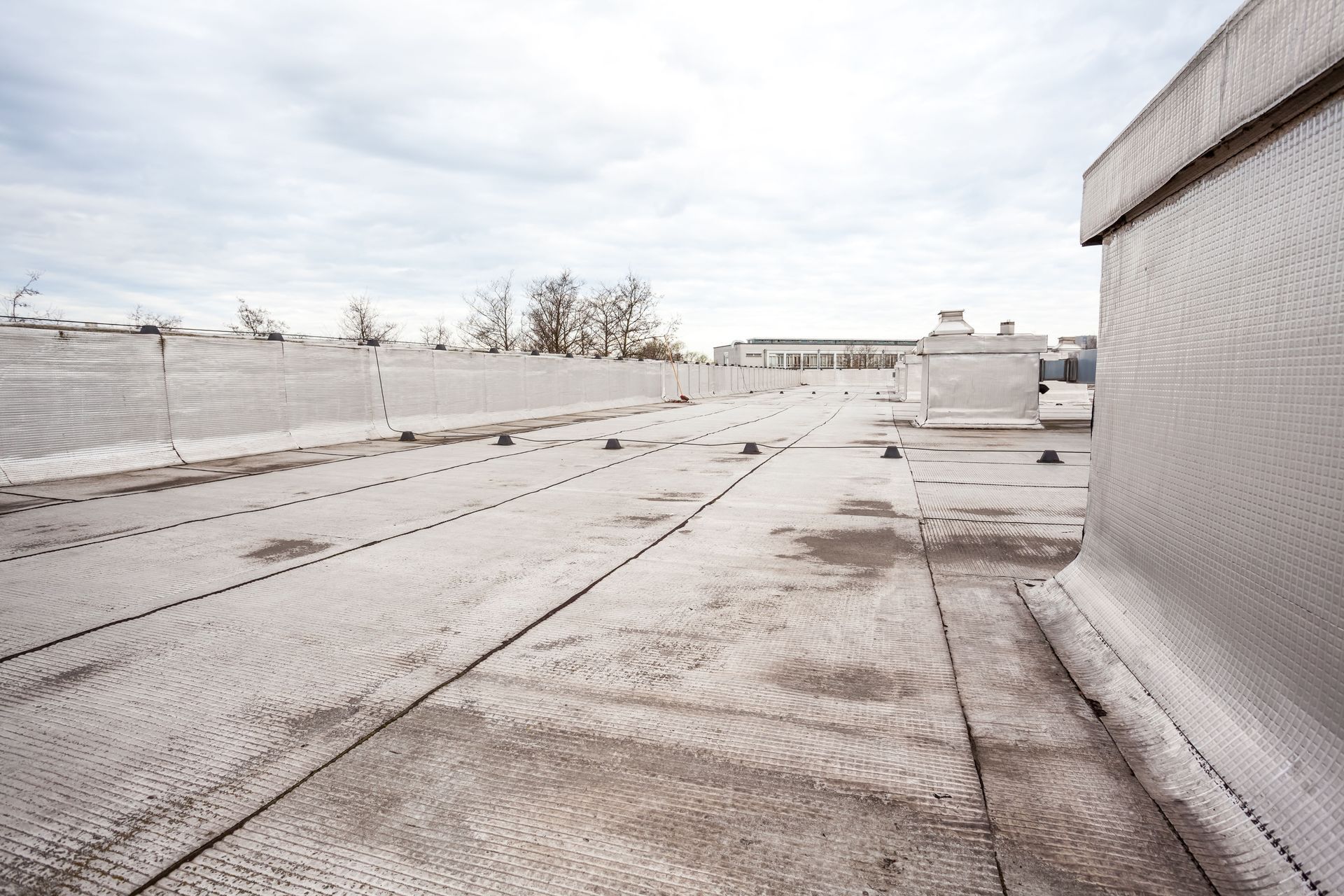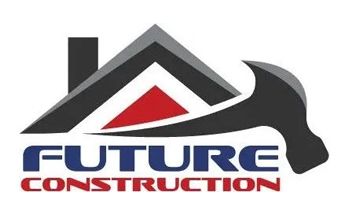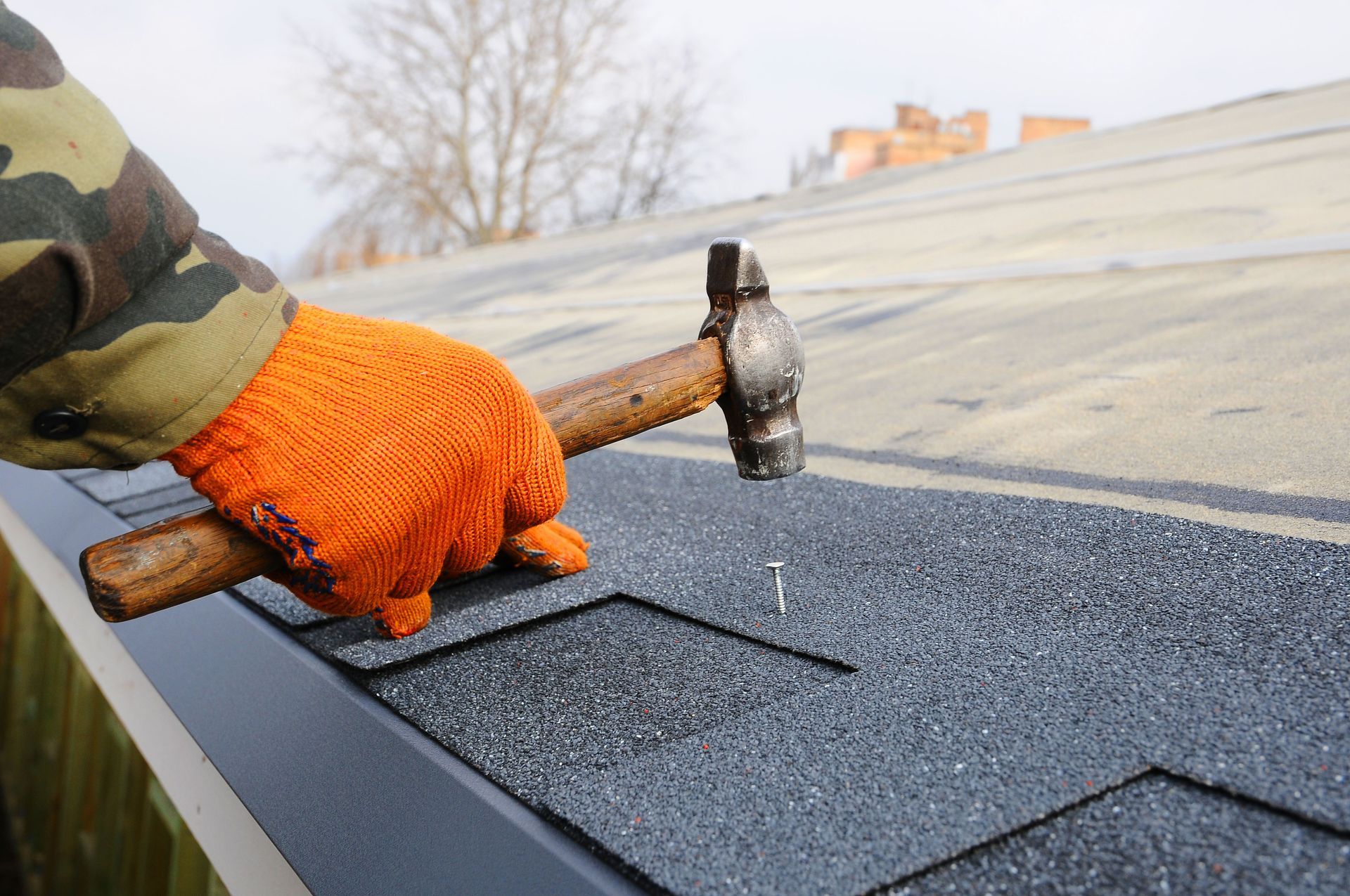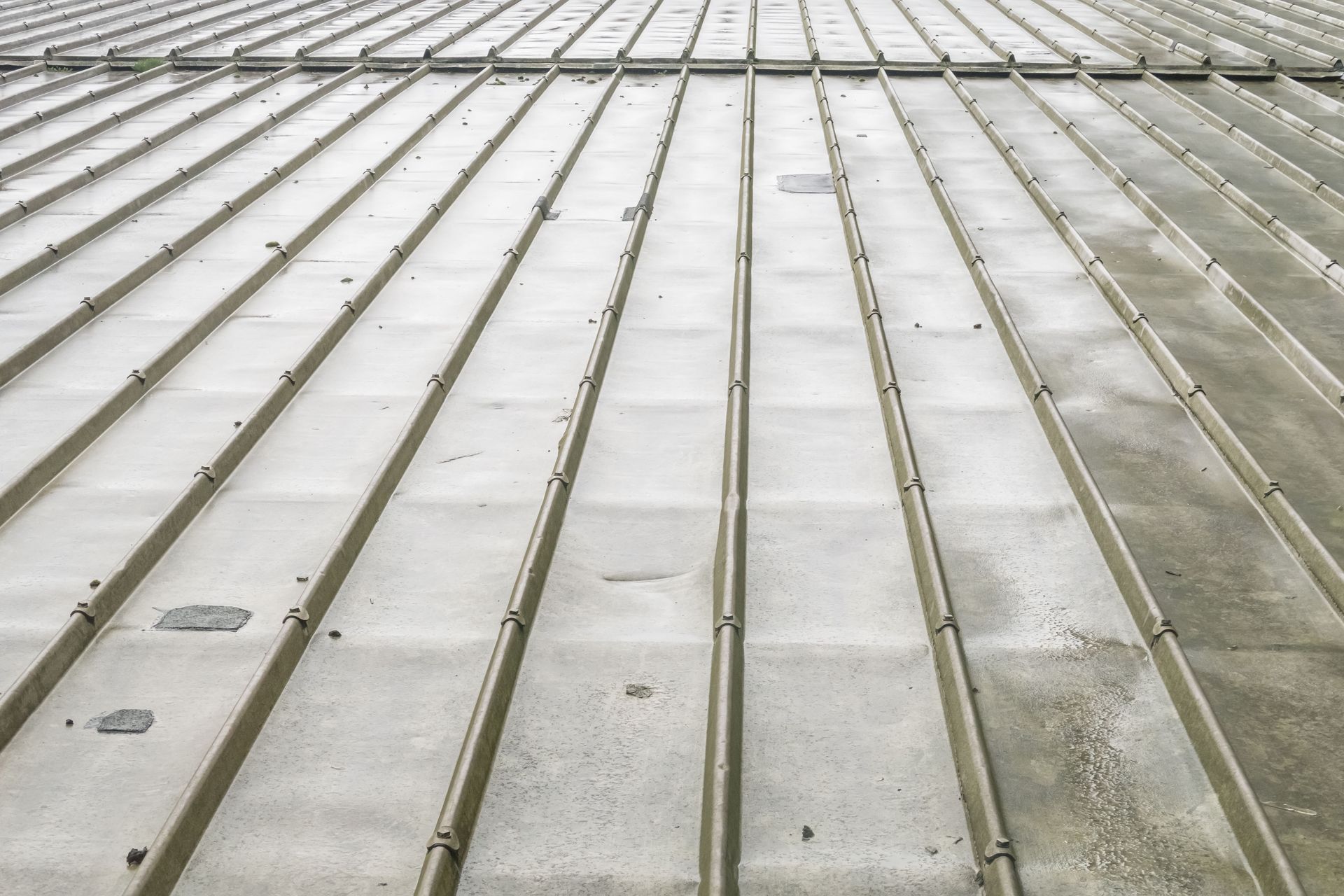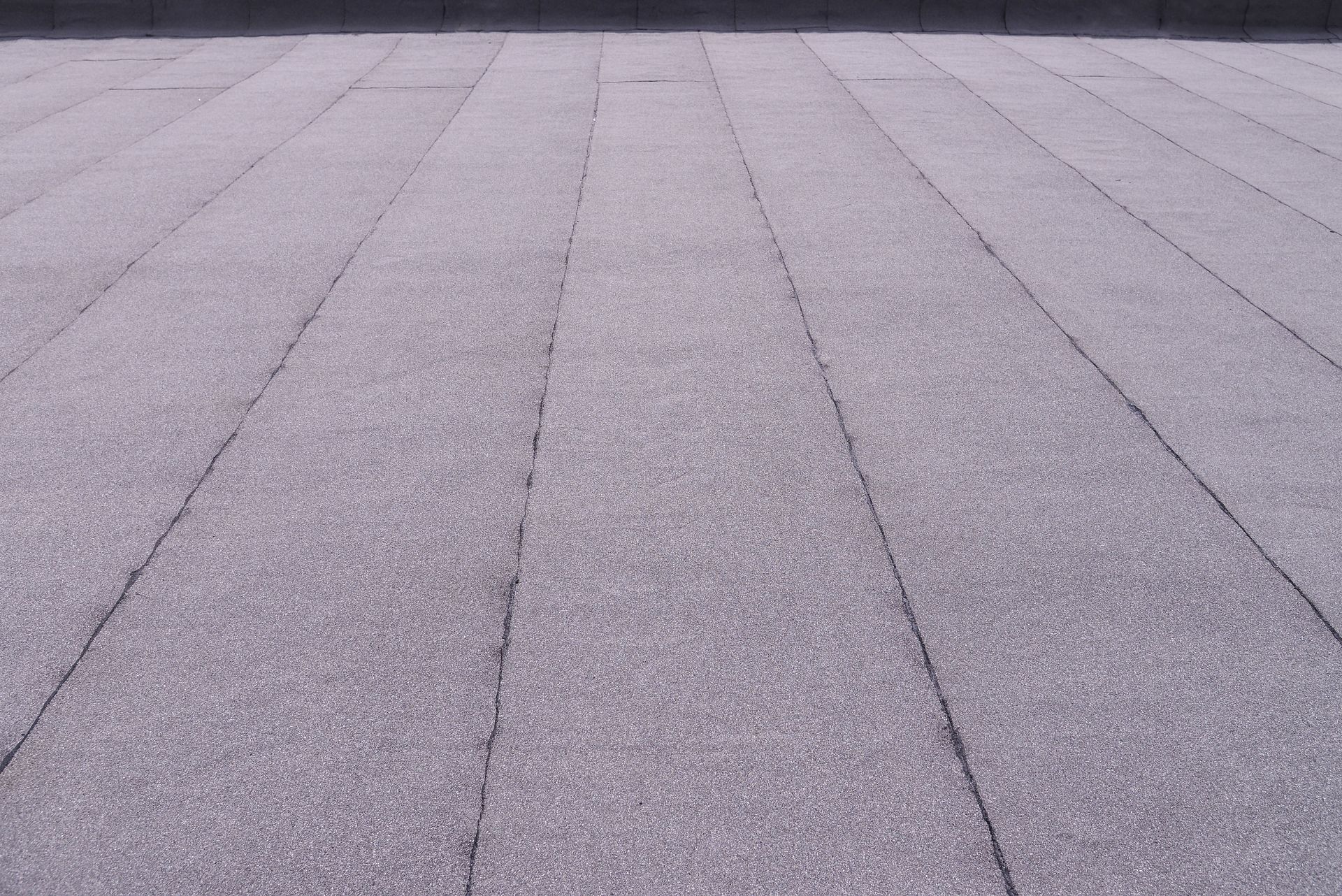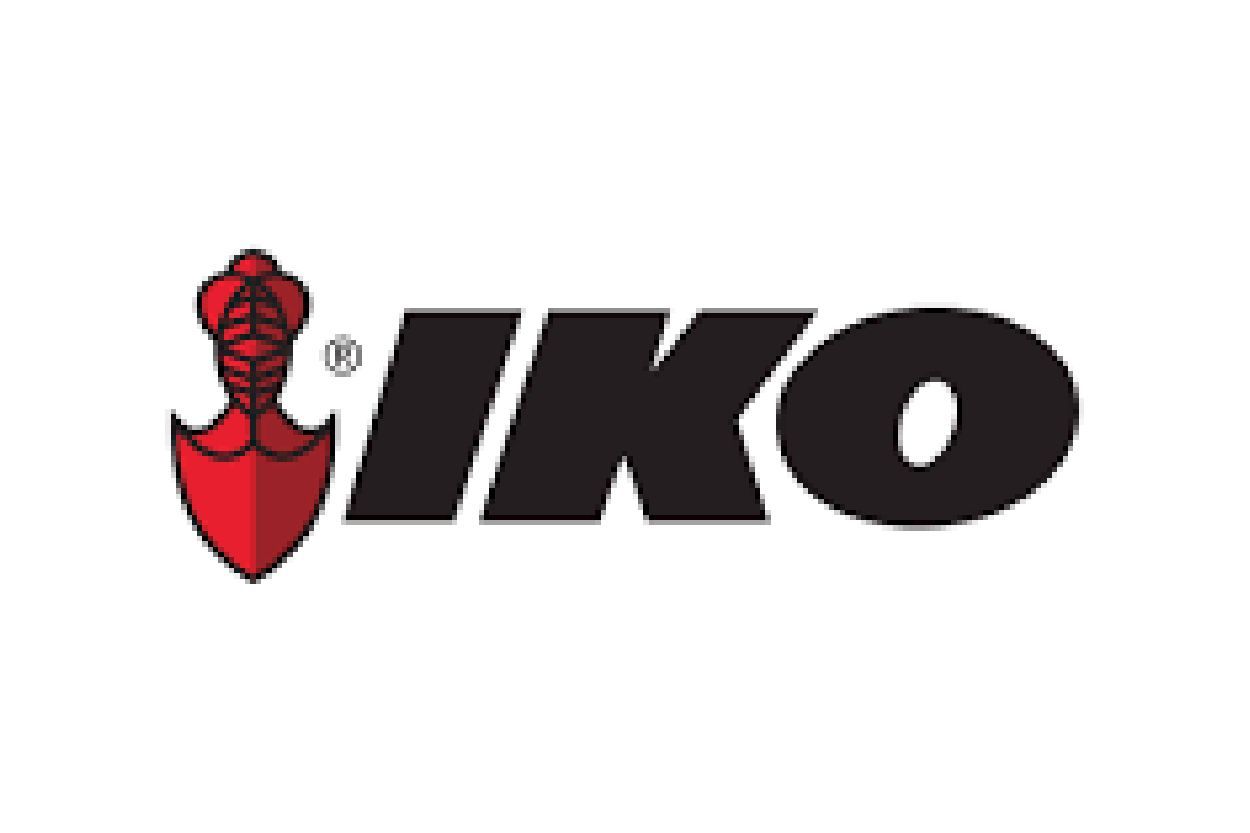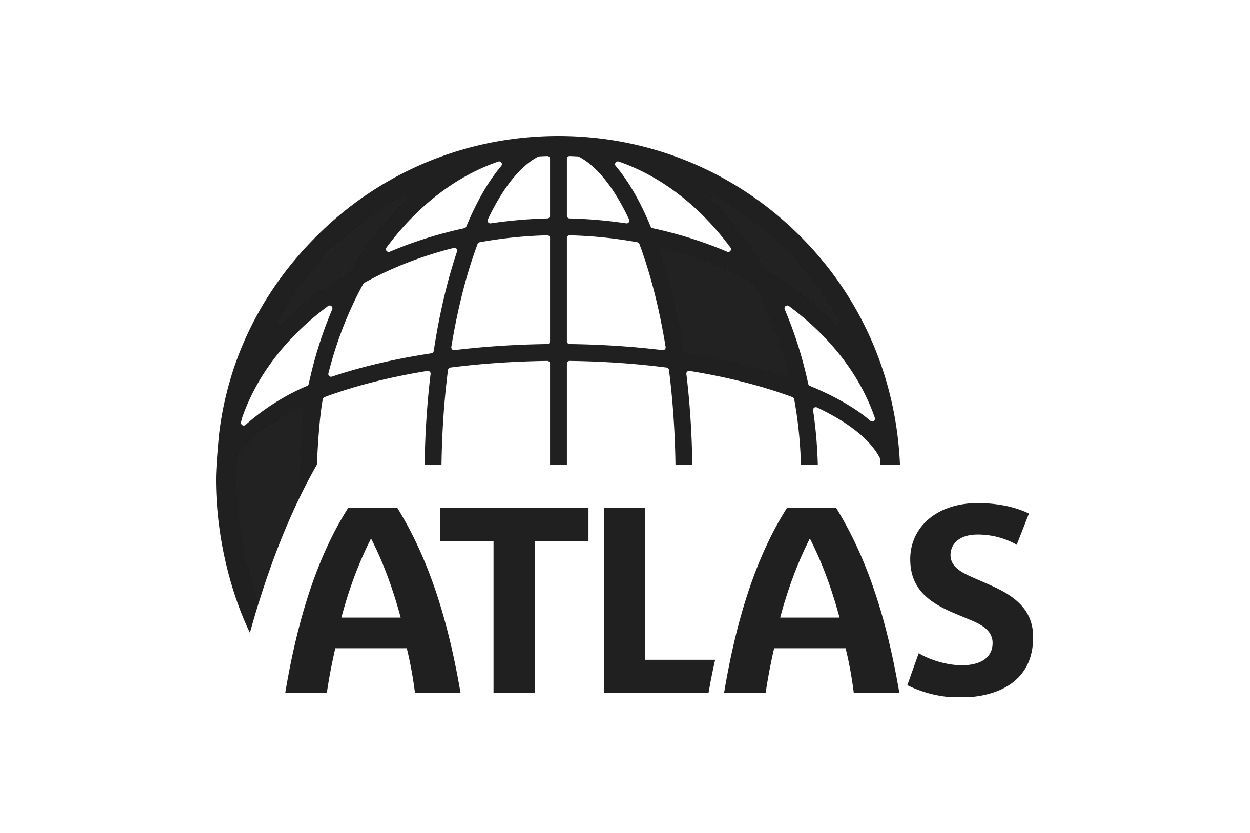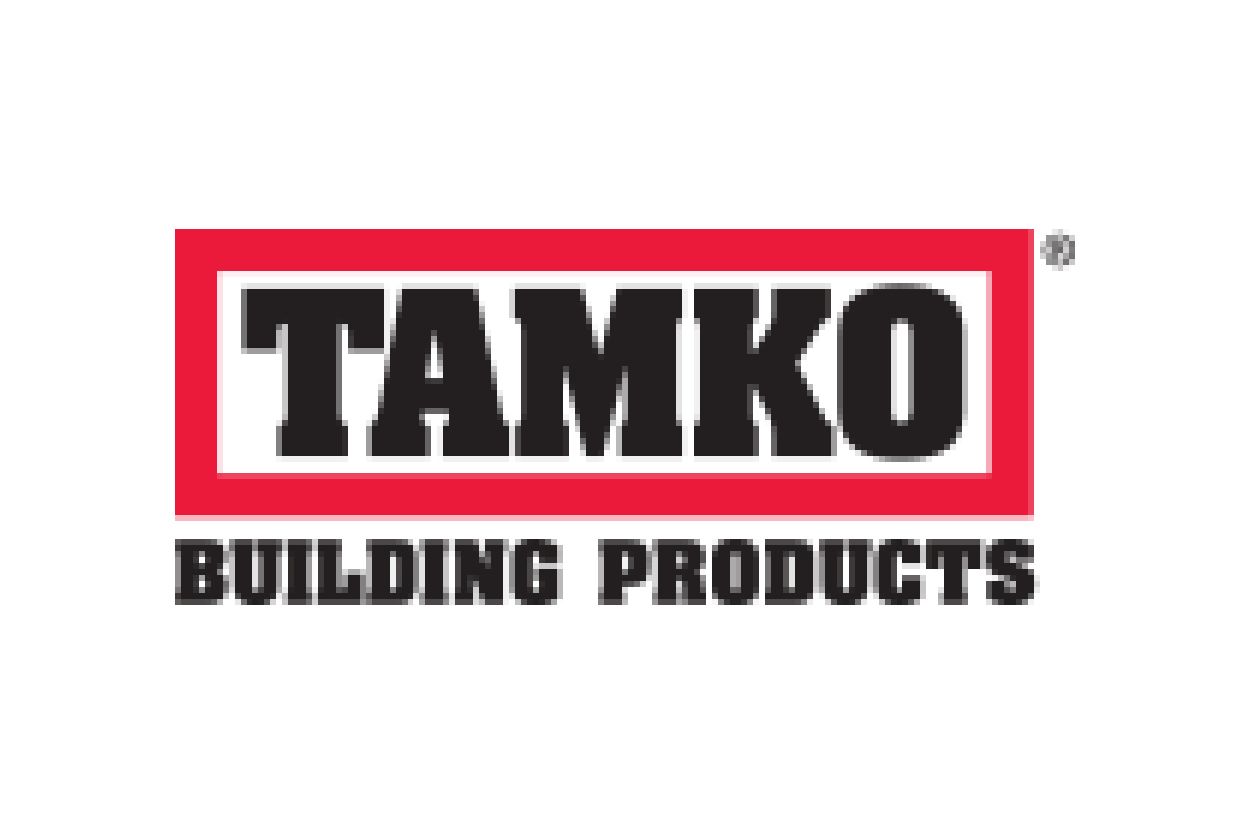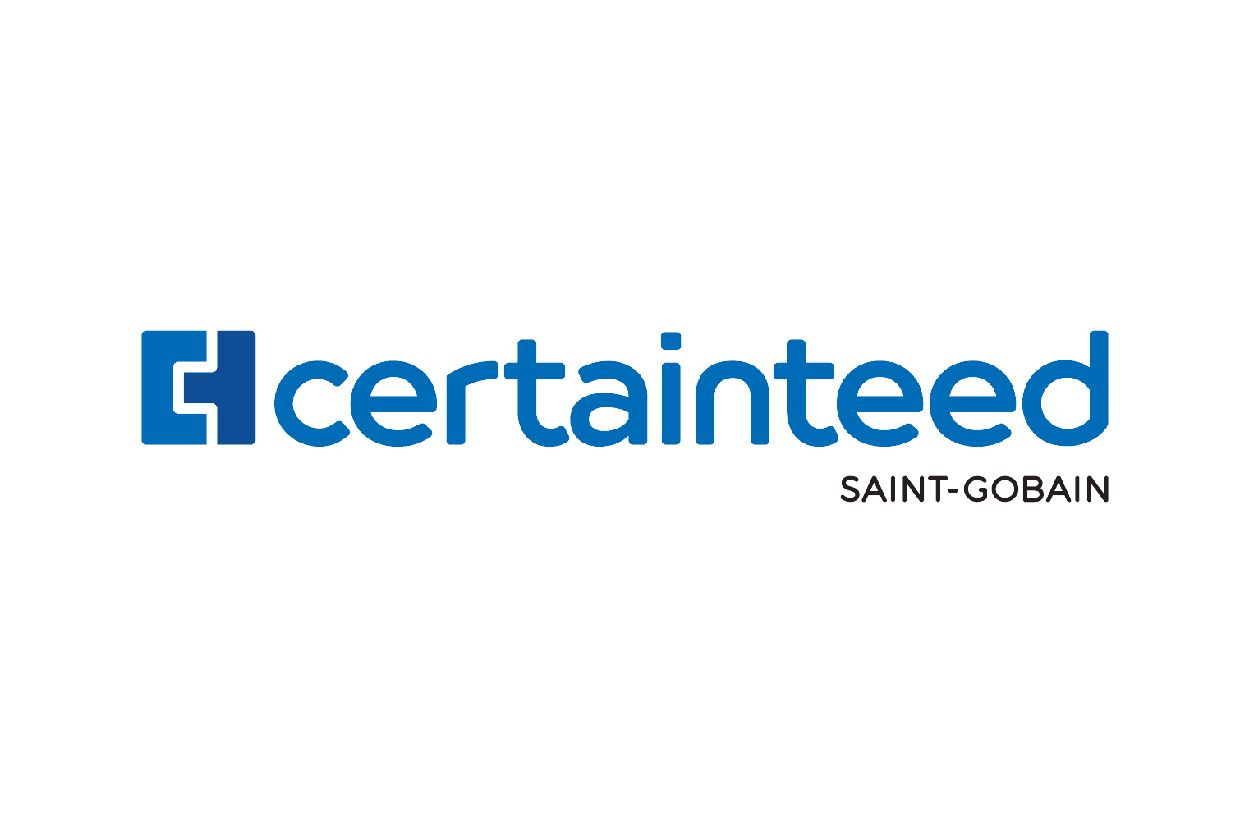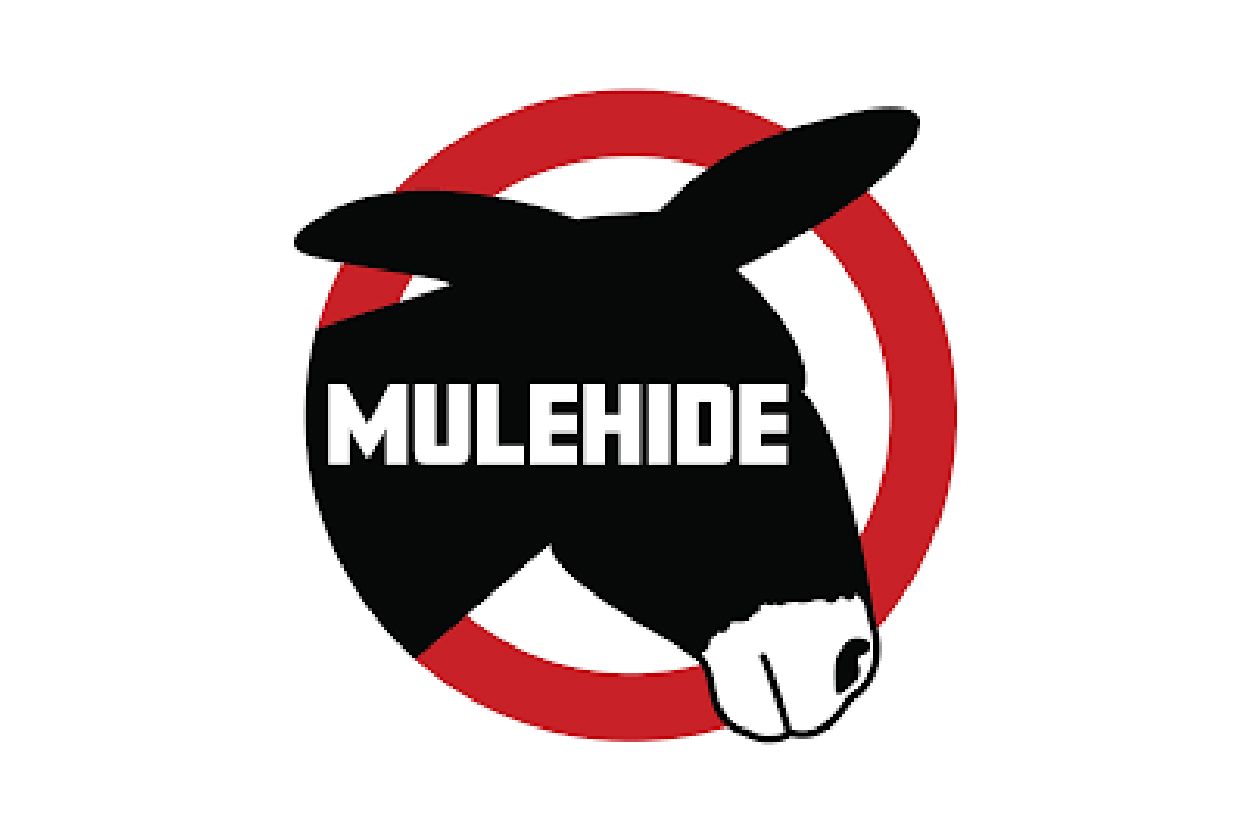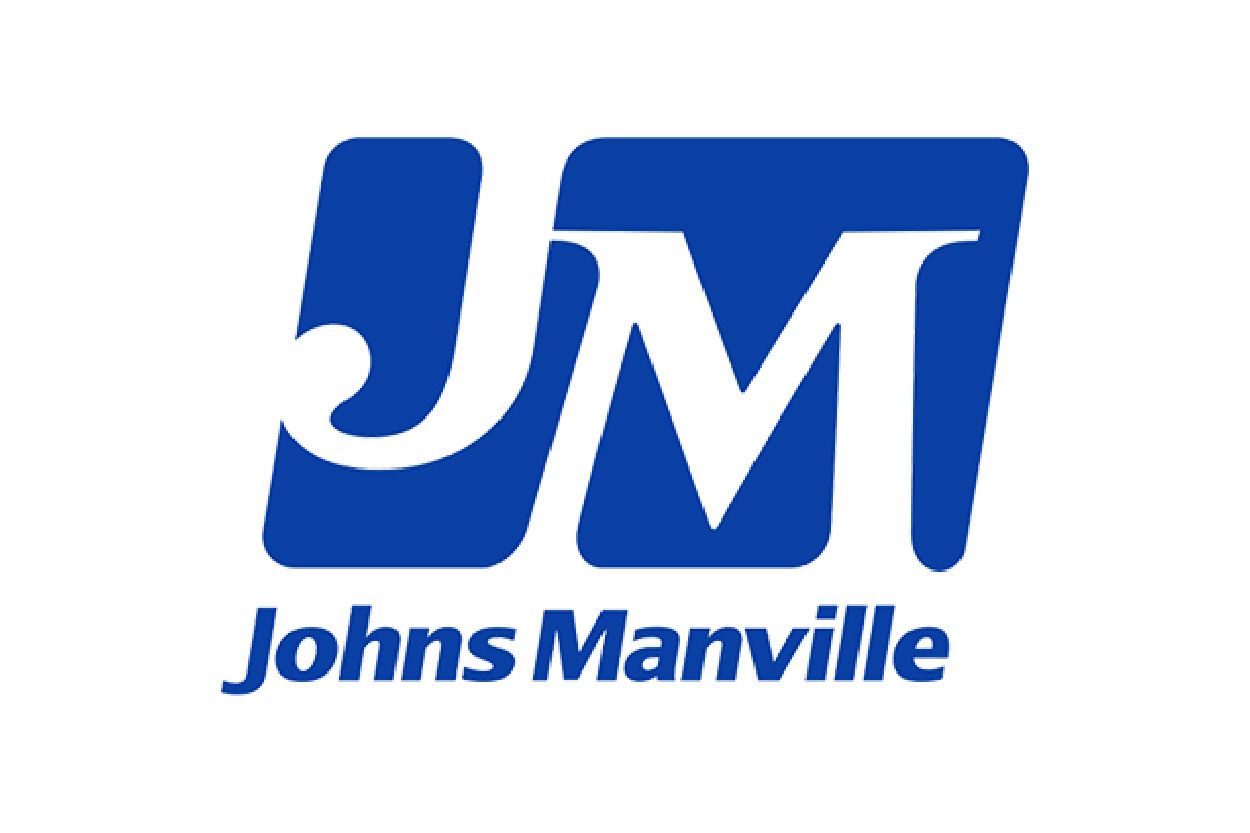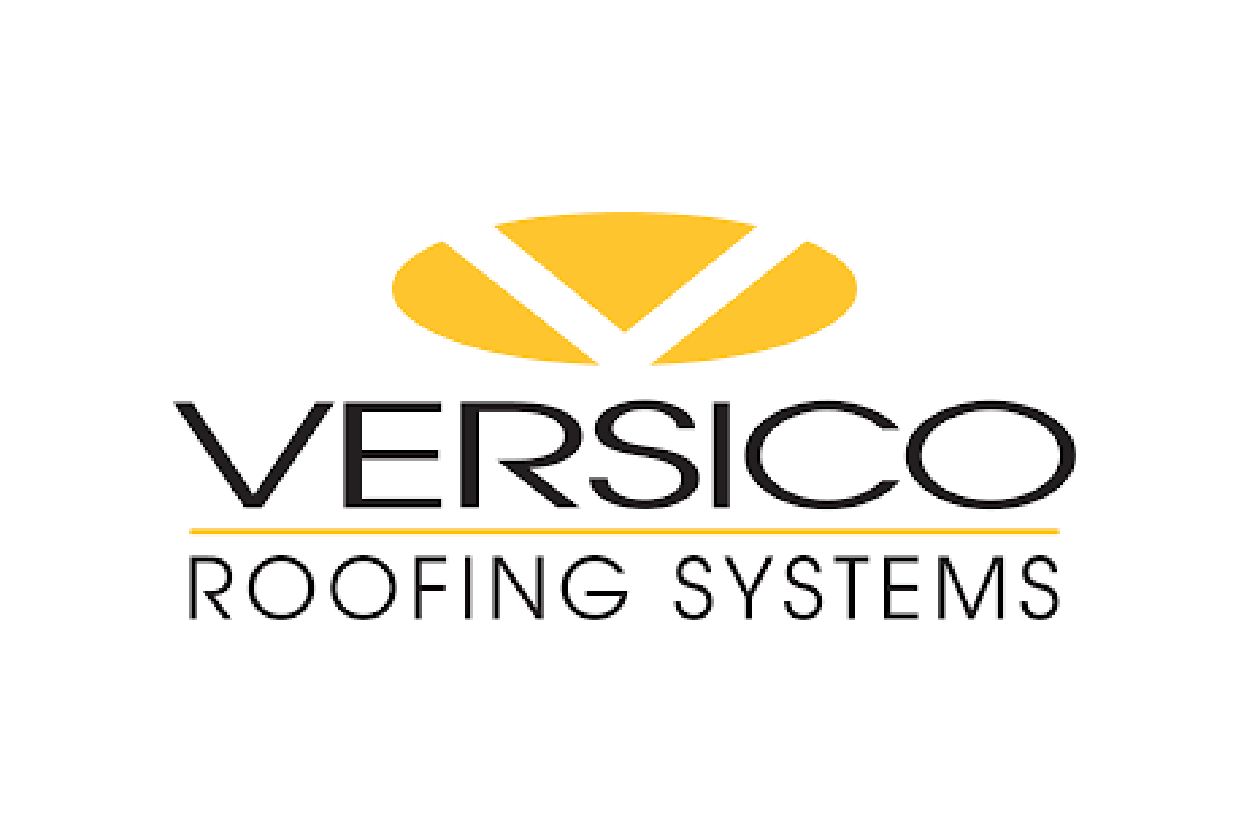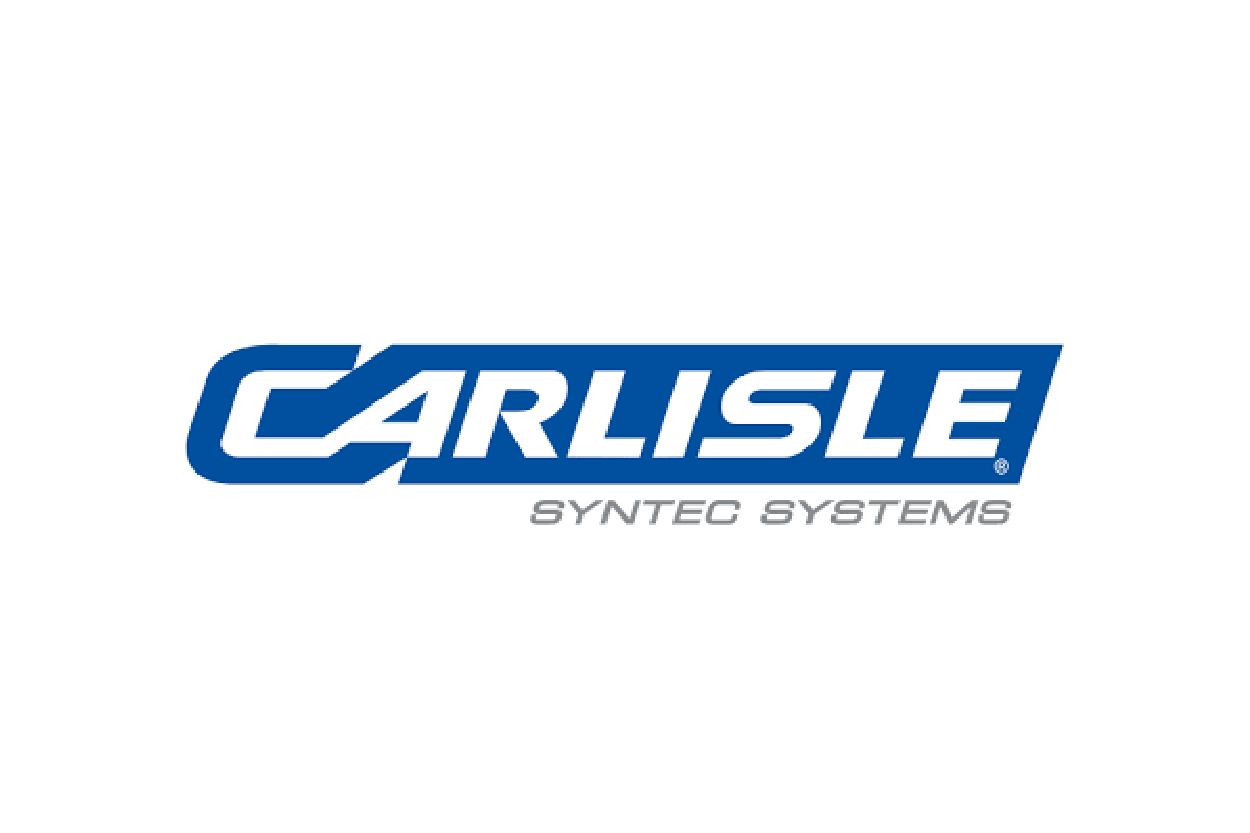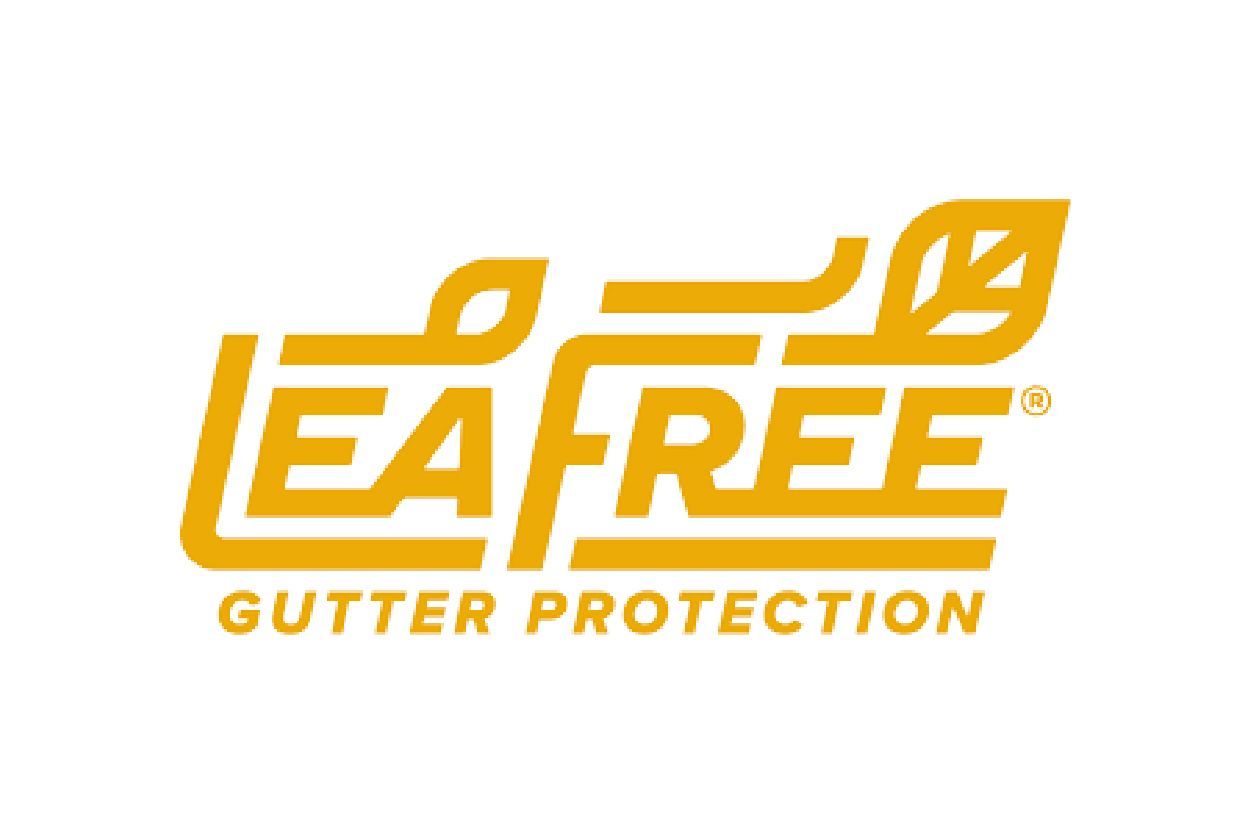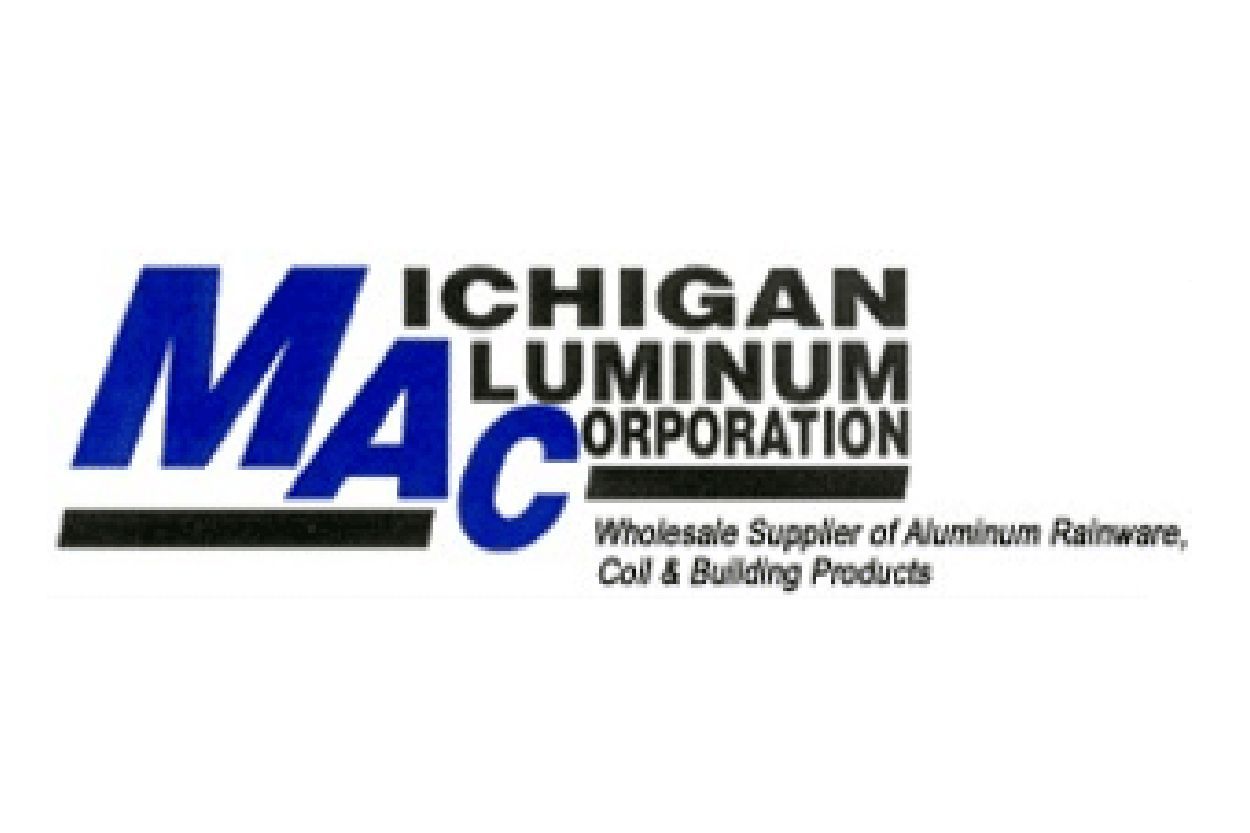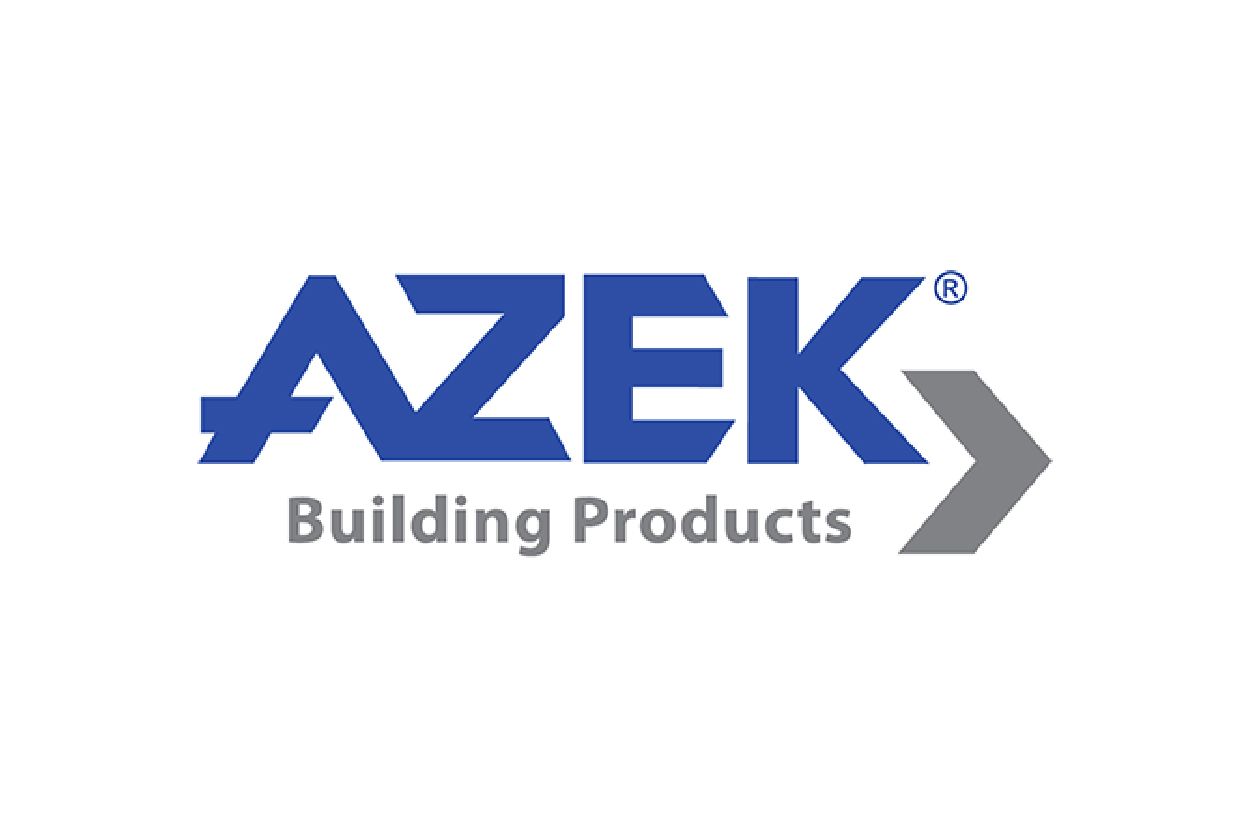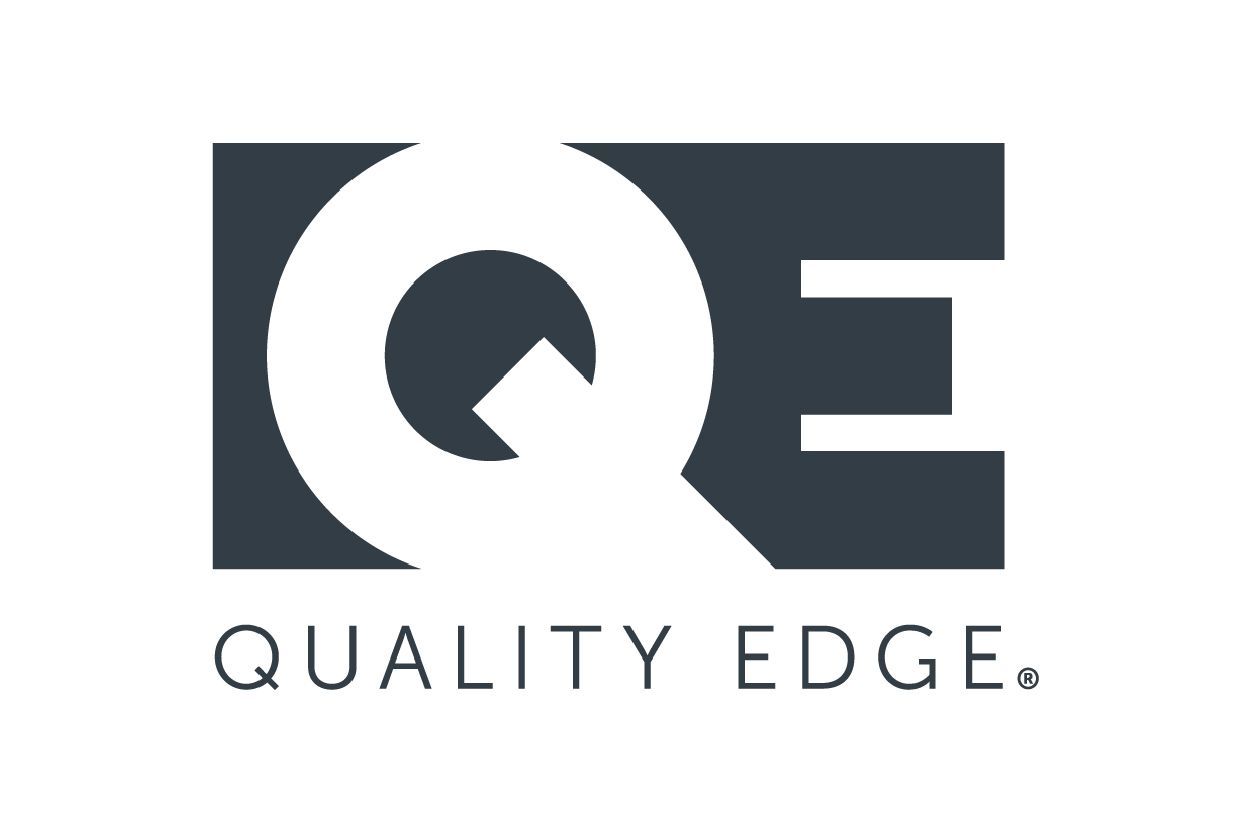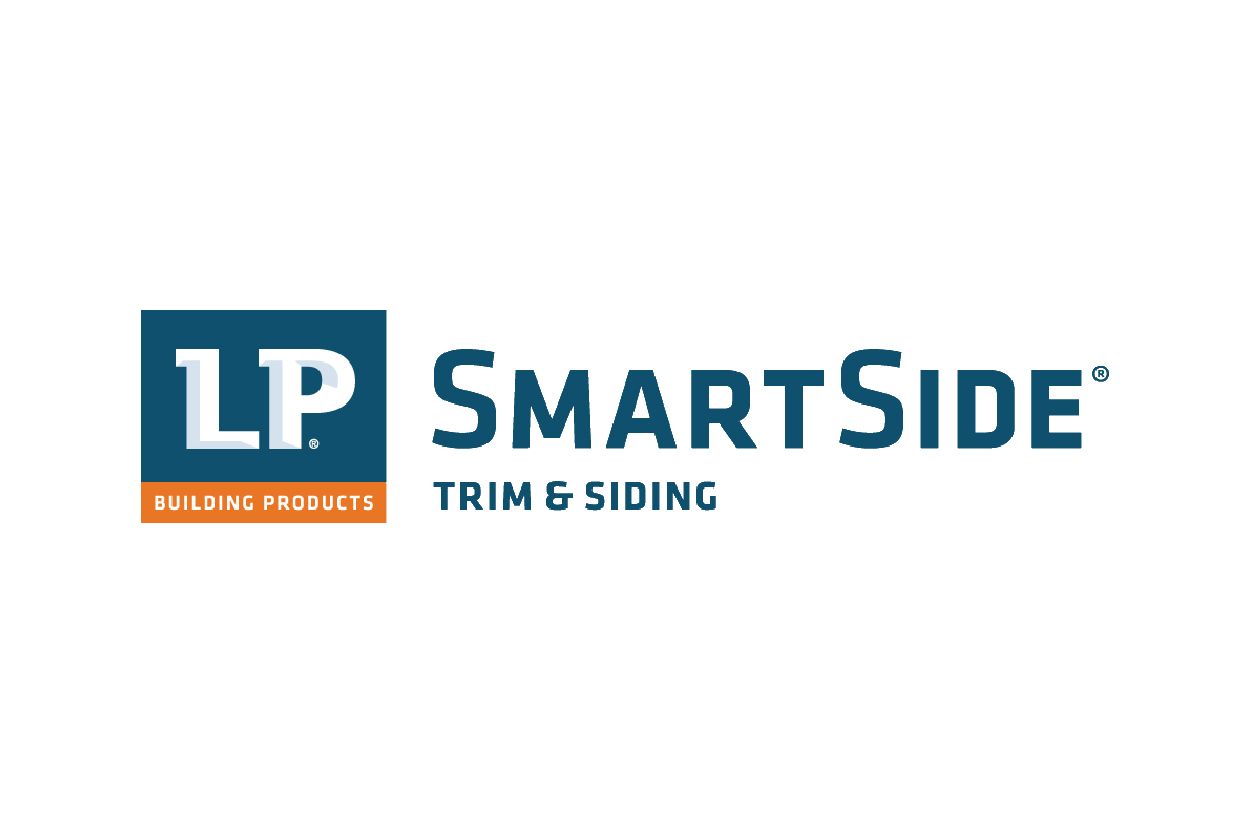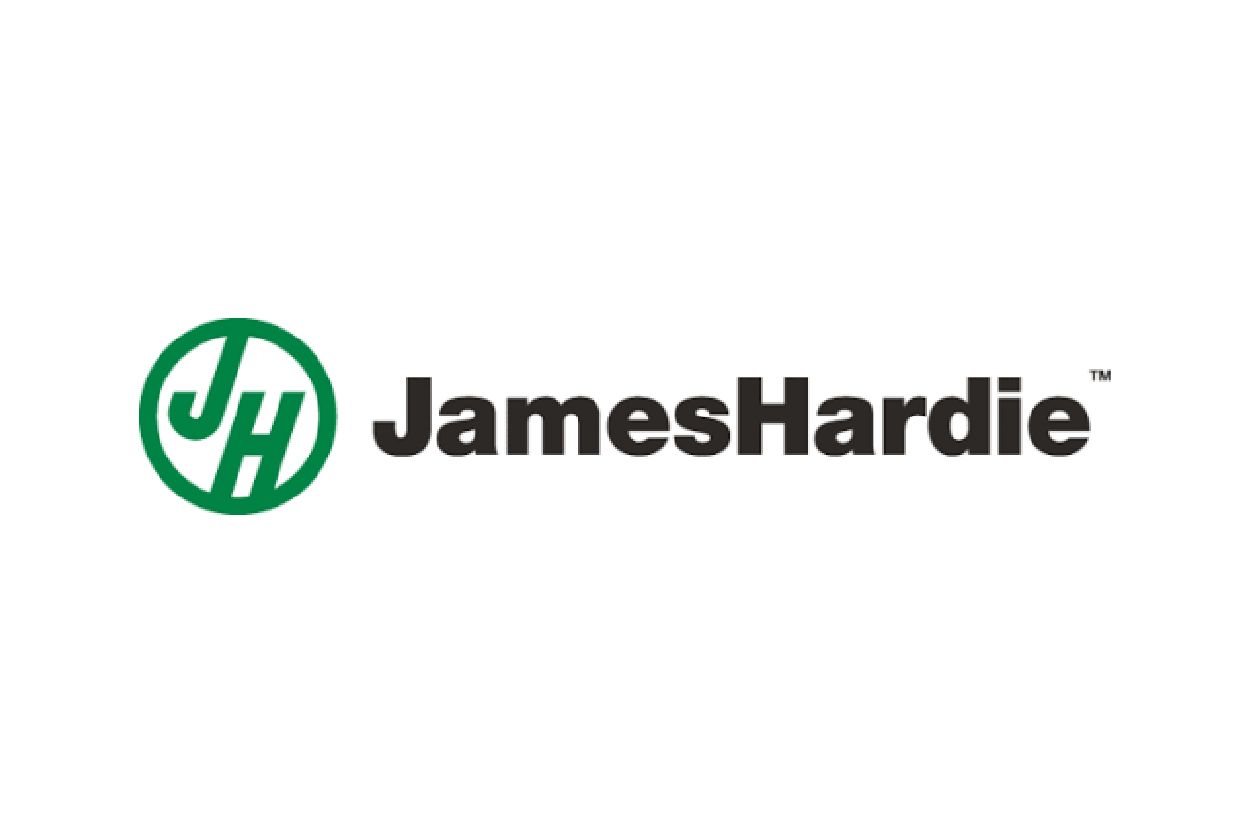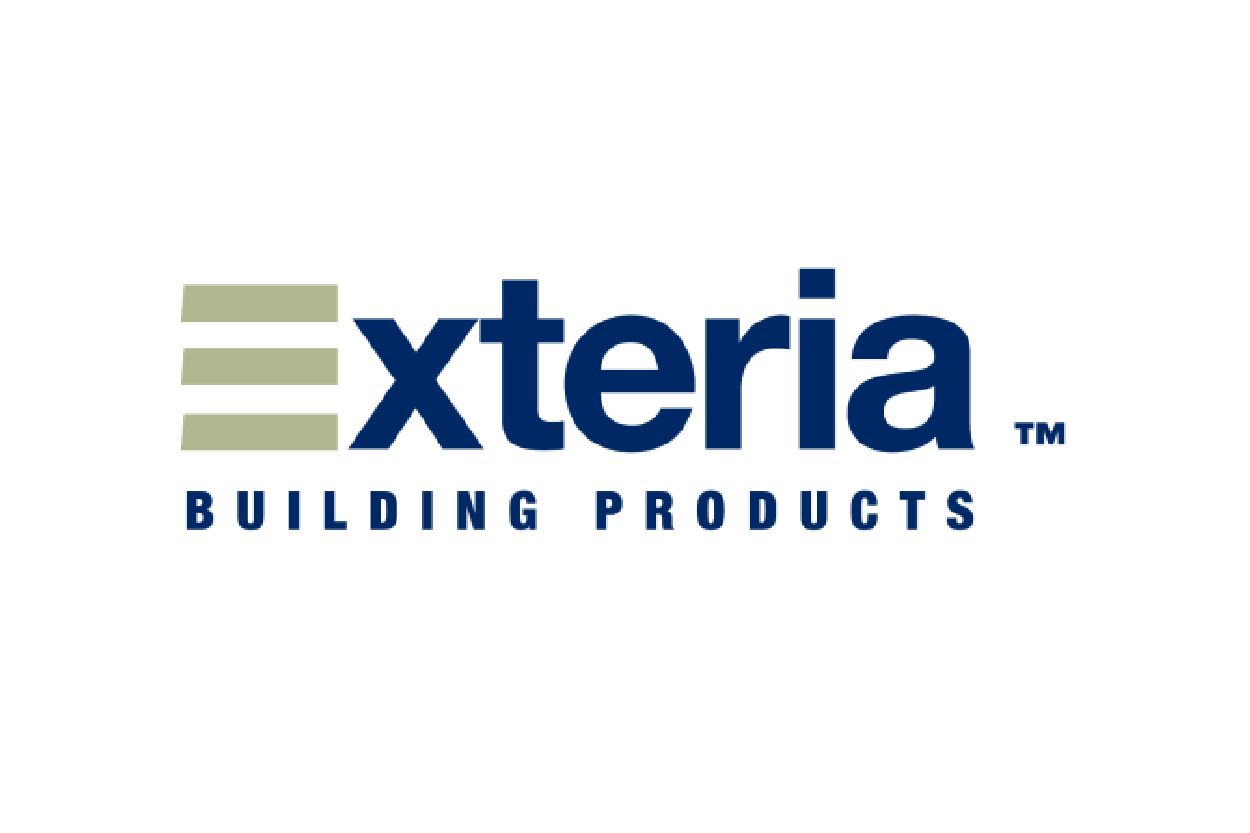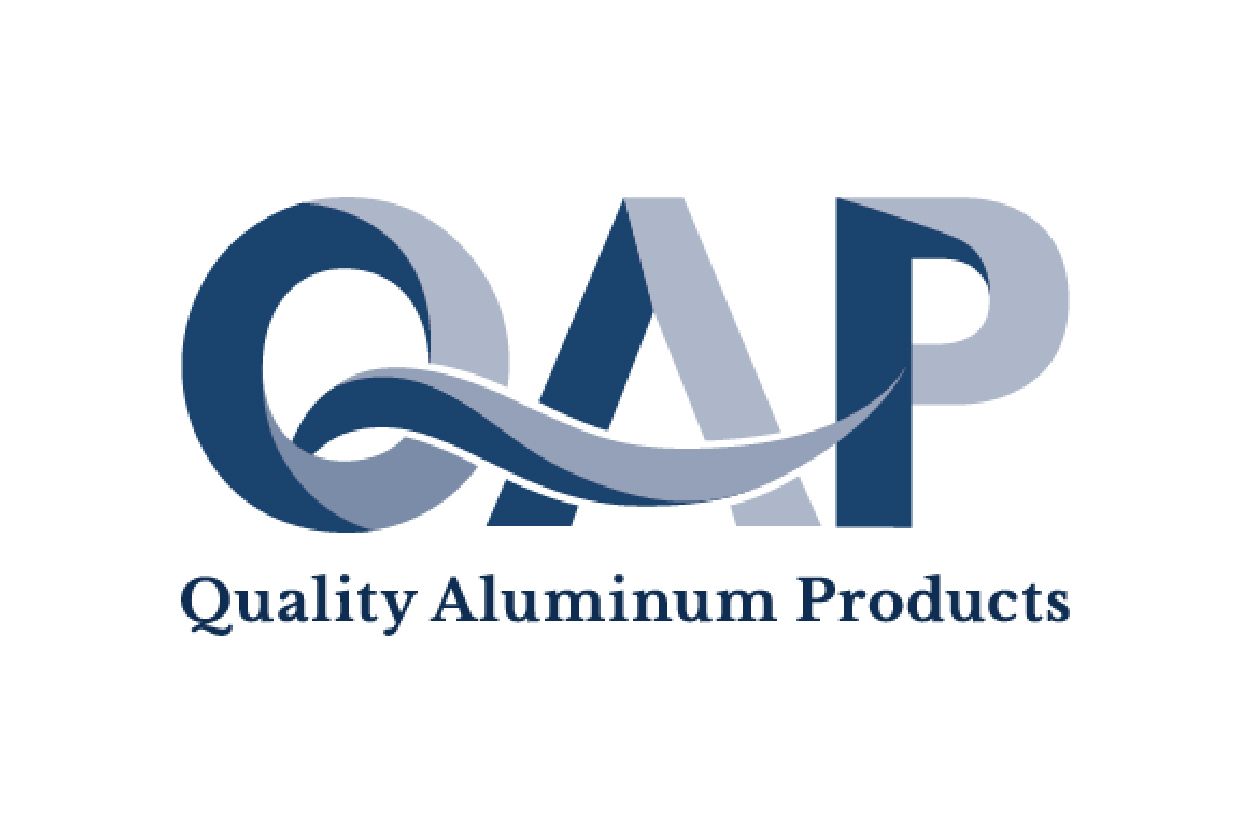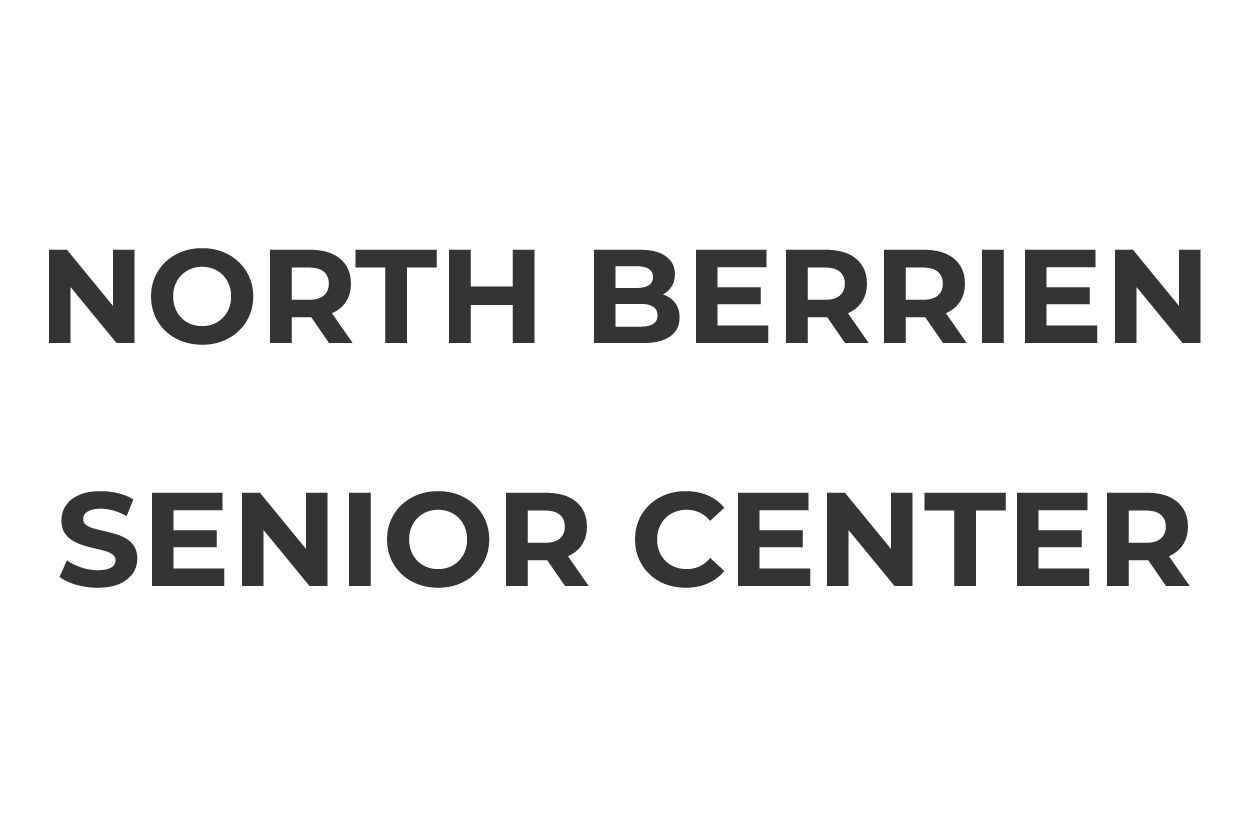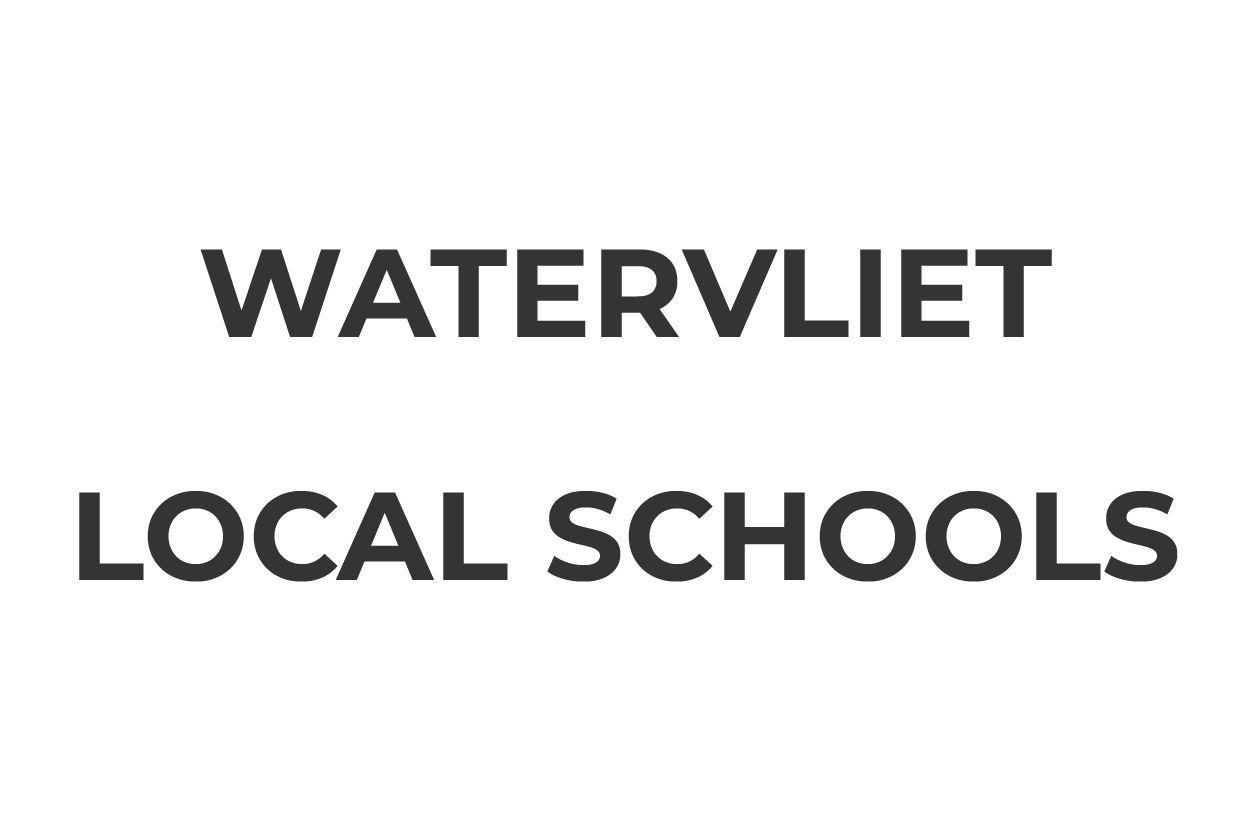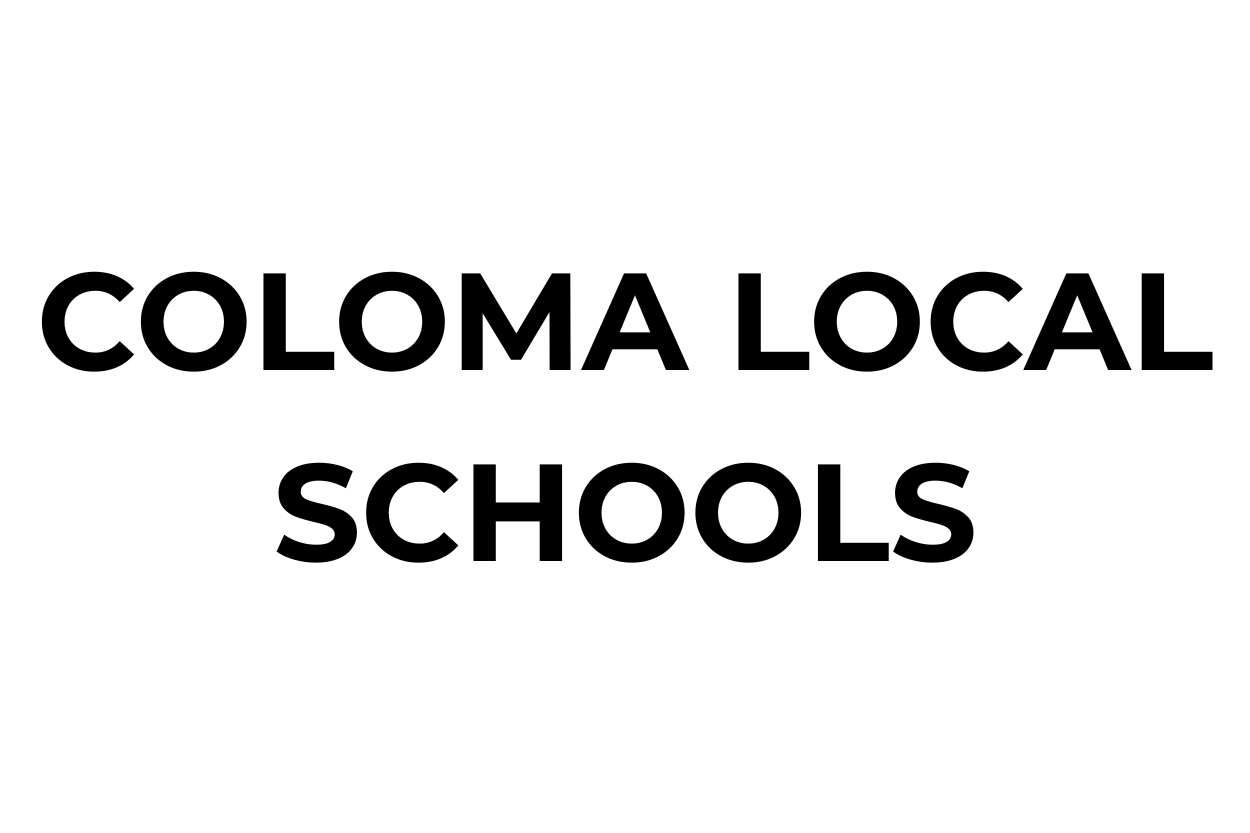July 23, 2025
Flat roofs are a popular choice for many commercial and residential buildings due to their cost-effectiveness and space-saving design. However, they come with their own set of challenges that can lead to costly repairs if not maintained properly. Here, you can learn about the common problems associated with flat roofs and the importance of preventive maintenance to avert these issues. Proactive maintenance strategies not only prolong the lifespan of flat roofs but also contribute to significant cost savings over time. Keep reading to explore various flat roof issues and preventive measures that can help building owners manage risks effectively.
Ponding Water
Ponding water is a common problem on flat roofs, primarily caused by inadequate drainage systems. When water is left standing on the roof's surface for extended periods, it increases the risk of leaks and structural damage. Poor structural design, such as insufficient slope, often leads to inadequate water flow, resulting in ponding. To prevent this issue, it is crucial to ensure that the roof's drainage system is well-designed and properly maintained. Addressing these underlying causes can mitigate the risk of ponding and its associated problems.
Ponding water can have significant adverse effects on roofing materials. Prolonged exposure to standing water can accelerate the deterioration of roofing membranes, reducing their effectiveness. Water accumulation also poses a risk of seepage, which can lead to moisture infiltration and eventual roof leaks. Over time, these issues can compromise the structural integrity of the building, resulting in costly repairs. Implementing effective drainage solutions is essential to protect the roof from the damaging effects of ponding water.
Implementing robust drainage solutions is vital for maintaining the health of a flat roof. Effective drainage systems channel water away quickly, reducing the risk of ponding. Regular maintenance of gutters and drains ensures they remain free of debris, facilitating efficient water flow. Innovative designs, such as tapered insulation, can enhance drainage by promoting natural water runoff. By prioritizing drainage solutions, building owners can safeguard their roofs from moisture-related damage.
Regular inspections play a critical role in identifying and addressing drainage issues early. Routine checks allow for the timely detection of clogs, blockages, and other potential problems. By addressing these issues promptly, building owners can prevent ponding water and its associated damage. Inspections should include a thorough examination of the roof's surface, gutters, and drainage systems. A proactive approach to maintenance ensures that any potential threats are mitigated before they escalate into significant issues.
Leaks and Moisture Intrusion
Leaks are a persistent challenge for flat roofs, and identifying common entry points is crucial for effective management. Joints, seams, and flashing areas are particularly vulnerable to moisture intrusion. Over time, even minor breaches can lead to significant water infiltration and damage. The design complexity of flat roofs often results in numerous potential entry points, increasing the risk of leaks. Addressing these vulnerabilities through thorough inspections and timely repairs can prevent costly water damage.
Moisture intrusion can have severe consequences for a building's structural integrity. Water seepage can weaken building materials, such as wood and concrete, leading to compromised strength and stability. Additionally, prolonged exposure to moisture can promote mold growth, further deteriorating the building's condition. Addressing leaks promptly is vital to preserving the structural soundness of the property. Failing to do so can result in extensive repairs and potential safety hazards.
Effective waterproofing solutions are essential for protecting flat roofs from moisture intrusion. Implementing high-quality roofing membranes, sealants, and coatings can provide robust protection against water infiltration. These solutions create a durable barrier that shields the roof from environmental elements and reduces the risk of leaks. Regular maintenance of waterproofing systems ensures their continued efficacy, extending the roof's lifespan. By prioritizing waterproofing measures, building owners can mitigate the risk of leaks and associated damage.
Roof Membrane Damage
Understanding the types of roof membranes is essential for effective flat roof management. Common options include EPDM, TPO, and PVC, each offering unique advantages and considerations. EPDM membranes are known for their durability and resistance to UV radiation, while TPO membranes provide energy efficiency and heat reflectivity. PVC membranes offer excellent chemical resistance and flexibility, making them suitable for various applications. Selecting the appropriate membrane type depends on the building's specific needs and environmental conditions.
Various factors can contribute to the damage of roof membranes, and it's crucial to identify and address these causes. UV exposure is a primary culprit, leading to material degradation and reduced effectiveness. Weather extremes, such as temperature fluctuations and severe storms, also pose risks to roof membranes. Foot traffic during maintenance or installations can lead to physical damage and compromise membrane integrity. Properly managing these factors through preventive measures is vital to preserving the condition of flat roof membranes.
Spotting signs of wear and tear in roof membranes can prevent further damage and extend lifespan. Common indicators include cracks, blisters, and punctures, which can allow water to infiltrate and damage the roof. Regular inspections are essential for identifying these issues early and implementing effective repairs. Ignoring signs of membrane wear can result in leaks and more extensive roofing problems. By recognizing these indicators, building owners can take timely action to maintain their flat roofs effectively.
When roof membranes sustain damage, building owners must evaluate repair and replacement options. Minor issues can often be addressed through targeted repairs using compatible materials. However, extensive damage may require partial or complete membrane replacement to ensure long-term protection. Comparing the costs and benefits of repair versus replacement helps inform decisions that align with budget constraints and maintenance priorities. By selecting the appropriate course of action, building owners can safeguard their roof's performance and longevity.
Poor Installation Practices
Flat roof installations are susceptible to various mistakes that compromise their performance. Common errors include improper sealing of seams and joints, leading to vulnerability to water infiltration. Inadequate insulation and ventilation can also impact roof efficiency and longevity. Incorrect slope calculation results in poor drainage, increasing the risk of ponding water. Addressing these installation mistakes through quality workmanship is crucial for a durable and reliable flat roof.
Poor installation practices can significantly reduce the longevity of flat roofs. When roofs are improperly installed, they are more prone to damage and require frequent repairs. The financial burden of addressing recurring issues can be substantial for building owners. Ensuring that roofs are installed correctly from the outset enhances their lifespan and reduces maintenance costs. By prioritizing quality installations, building owners can enjoy the benefits of a long-lasting roofing solution.
Engaging experienced professionals for flat roof installations is essential for avoiding common mistakes. Competent contractors adhere to industry standards and ensure that roofing systems are installed accurately and efficiently. By choosing reputable installers, building owners can minimize the risk of poor workmanship and subsequent roofing problems. Professional installation provides peace of mind and guarantees the longevity and performance of flat roofs. Investing in qualified experts at the outset is a prudent decision for long-term roof success.
While flat roofs present unique challenges, understanding common problems and employing effective preventive maintenance can mitigate these issues, ultimately saving building owners significant costs. Learning from successful programs provides valuable insights for optimizing flat roof maintenance practices. By integrating regular inspections, investing in quality installation, and promptly addressing potential threats, property owners can enhance the durability and performance of their flat roofs. According to LinkedIn, the US building flat roof market was worth approximately $9 billion in 2024, and is expected to reach $12.78 billion by 2033. In a landscape where the US building flat roof market is set to grow significantly, adhering to best practices in maintenance and installation is paramount. Call Future Construction today to learn more about effective roof maintenance.
